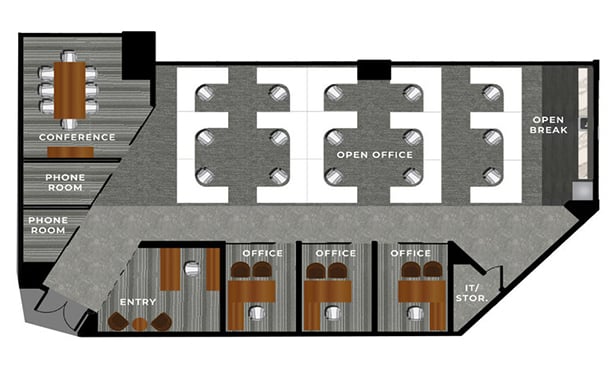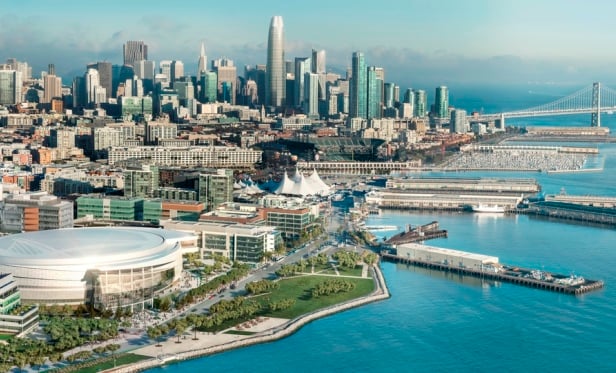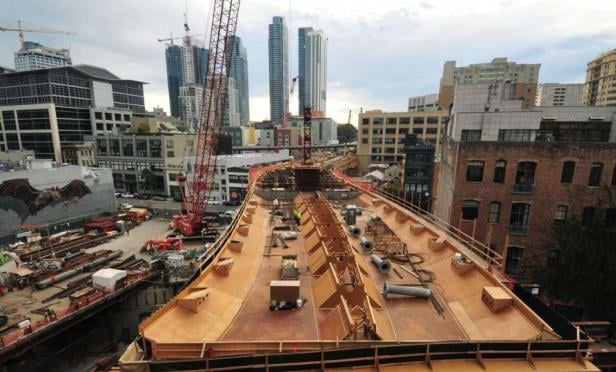 “We do not see any big, near-term changes,” Anderson says.
“We do not see any big, near-term changes,” Anderson says.
PHOENIX—Construction spending nationwide is expected to increase approximately 6% for this year, and a further 5% in 2017, Rider Levett Bucknall said Thursday afternoon. After a 2015 in which spending grew 20% in a number of sectors, gains may begin to slow in view of the recent consensus forecast from the Urban Land Institute and PricewaterhouseCoopers suggesting that we're in the latter stages of a real estate cycle, according to RLB's Third Quarter 2016 USA Construction Cost Report.
Citing Commerce Department figures, RLB says construction put-in-place during June 2016 was estimated at a seasonally adjusted annual rate of $1,133.5 billion, which is 0.6% below the revised May estimate of $1,140.9 billion and 0.3% higher on a year-over-year basis. The value of construction for the first six months of this year was $539.8 billion, 6.2% above the same period in '15.
“We see continued positive news for the health of the construction industry, a slight uptick in the rate cost escalation and a sharp decrease in the rate of construction unemployment,” says Julian Anderson, president of RLB North America. In line with this forecast, the Associated General Contractors of America last week reported that employment in the sector rose in 35 states during the 12 months ended Sept. 30. Looking ahead, Anderson says, “barring a Democratic sweep of the Presidency and Congress, we do not see any big, near-term changes in either private- or public-sector construction activity.”
On the plus side, RLB cites continued low interest rates, improved consumer confidence and healthy job growth helping to sustain demand within the construction industry. The outlook for the construction industry for the balance of this year remains “reasonably favorable” as supported by the Architecture Billings Index which, despite recently moderating, remains positive, the report states.
Conversely, the report notes that economic growth nationally has been slower than previously anticipated, in part due to the development of increasing national and international vulnerabilities. “Combined with weakened US manufacturing output and investor uncertainty leading up to the US presidential election, this may begin to create downward pressure on the construction industry” next year.
RLB says that construction costs rose an average of 1.5% during the second quarter. With increases of 3.9% and 4.5%, respectively, Los Angeles and San Francisco again saw the biggest bumps. Other locations experienced inflation between approximately 1.0% and 1.4% with Boston, Chicago, Honolulu, Las Vegas, New York and Portland all experiencing less than 1.0% change during Q2.
© 2025 ALM Global, LLC, All Rights Reserved. Request academic re-use from www.copyright.com. All other uses, submit a request to [email protected]. For more information visit Asset & Logo Licensing.








